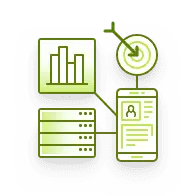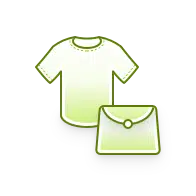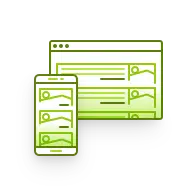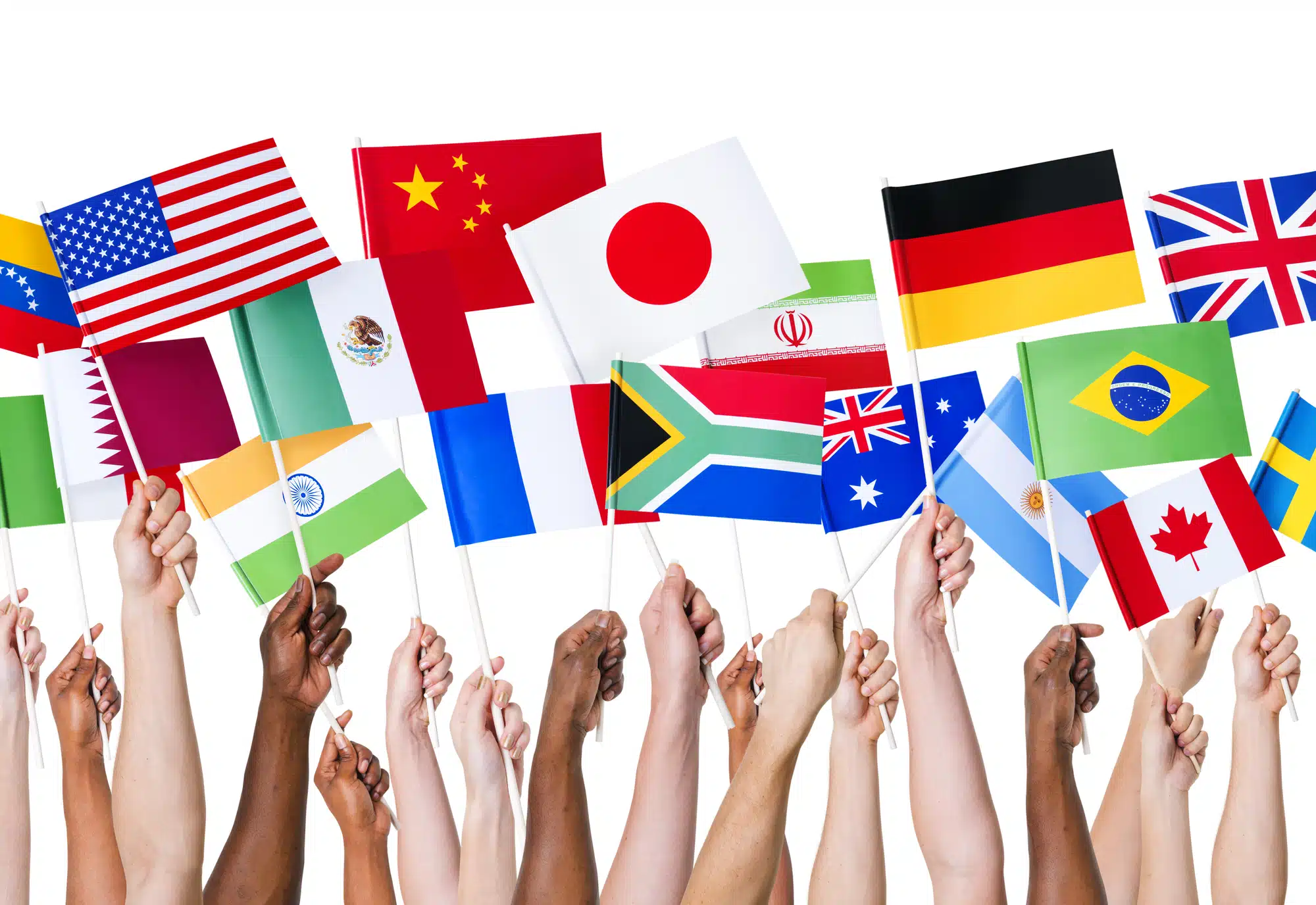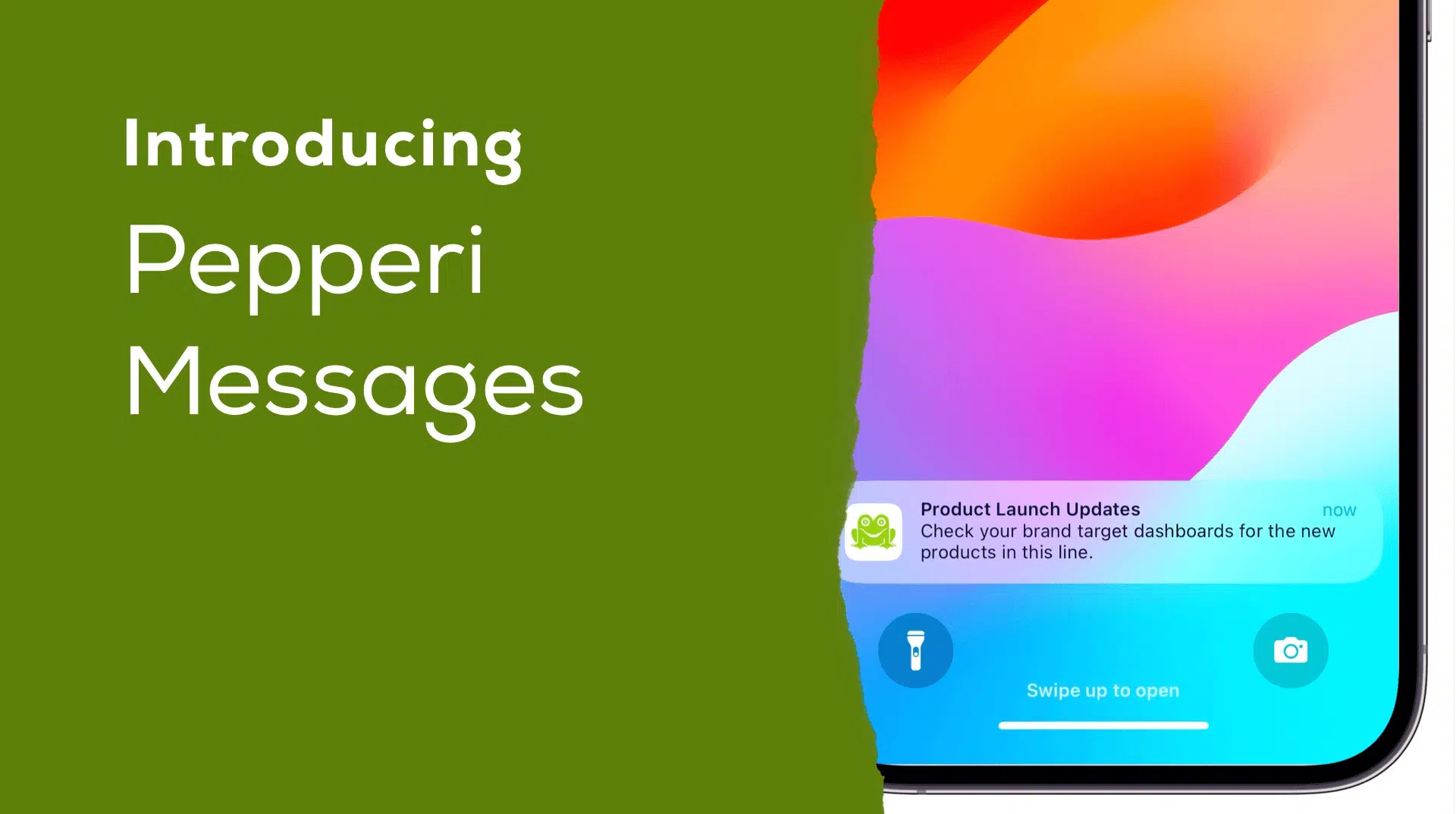4 key trends in beauty B2B sales operations
January 16, 2019 By Stacey Woods

The past few years have changed the way consumers are buying beauty products. Consumers are better informed and are constantly exposed to new products and trends in social networks and the media. These days, they can get exactly what they want – even to the point of creating and buying their own customized foundation shade or haircare product from online retailers like MatchCo and Function of Beauty. Consumers are increasingly making clever purchasing decisions by researching products and prices online.
Similarly, retailers and beauty service providers (salons, spas, stylists, and beauticians) have simpler, faster access to manufacturers and wholesalers. As a result, beauty brands and wholesalers are faced with a competitive market, for which entry barriers are constantly lowered, courtesy of the online revolution. The result: tougher than ever price pressure and intense competition from local and international newcomers to the market.
As a result, brands and wholesalers have to work hard to keep and grow their business – whether it is their shelf share at a retailer’s point-of-sale, such as a drug store chain or a local pharmacy, or their position as a provider for a hair salon or spa.
Here are 4 key ways some of our beauty industry clients are planning to change their sales operations in 2017:
1. Mobile, mobile, mobile…mobile
That’s not a mistake: mobile times 4. Consumers are mobile, retailers are mobile, service providers (salons, spas, beauticians and stylists) are mobile.
What does that mean to B2B sales? Mobile, of course.
Mobile apps and devices play an increasingly important role in the way B2B sales reps work, and the way their customers (retailers, salons, and spas) order inventory. Sales reps use mobile CRM to manage their customer relationships better, take orders more efficiently on a mobile device (so that they are sent automatically for fulfillment), plan their day more efficiently using e-maps for route accounting, present new product data, and videos, take photos of shelfs, use planograms and more.
Retailers, salon and spa owners, stylists and beauticians use their mobile devices for placing orders – via an app or on a website.
Mobile is here, and and B2B mobile commerce is changing the way we do business. Times 4.
2. B2B e-commerce: Self-Service as a Channel
Mobility is a strong accelerator of B2B self-service ordering.
Just like consumers, today’s savvy B2B customers are accustomed to gathering information online before making a purchase. The B2B e-commerce experience must be as simple and friendly as the experience we are all familiar with in our private life – the B2C experience we know and got used to on sites like Amazon, Zappos, and Walmart.
By providing their B2B customers – retailers, salons, and spas – with a mobile app or site for B2B ordering, beauty wholesalers and brands increase order volume and customer loyalty.
3. Bundle, up-sell, cross-sell
Product bundling, and upsell and cross-sell campaigns are key in the beauty industry. Campaigns may change on a weekly basis, be available to specific customers only or to all. Campaigns may be used to push products – by offering a discount on a specific product or to encourage loyalty – by offering discounts when cumulative purchases reach a certain bar.
In an omnichannel environment, when customers order online and in-person, managing these campaigns is difficult. Add to this a distributed field force, and campaigns become an impossible challenge.
In 2017, savvy beauty wholesalers and brands will opt for true omnichannel solutions that can provide centralized, unified campaign setting and management across all channels.
4. Better control and visibility for management
Field reps’ time is expensive. Streamlining operations mean making the most of their time. And this takes us back to mobile: mobile sales tools provide managers better control over their field force.
For example, mobile sales apps allow managers to utilize geo-planning tools to create efficient routes for their team based on physical location and business needs of customers. These tools also provide managers with the ability to plan and define the activities a rep will perform when visiting a customer. The data collected in these mobile apps provide managers full visibility into each rep’s daily activities and performance.
So, are you ready for 2017?
